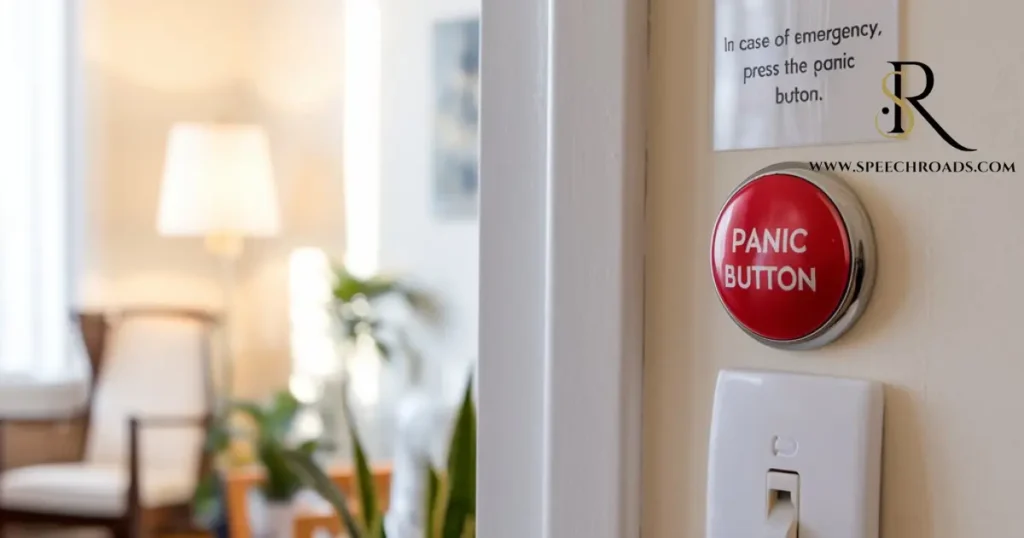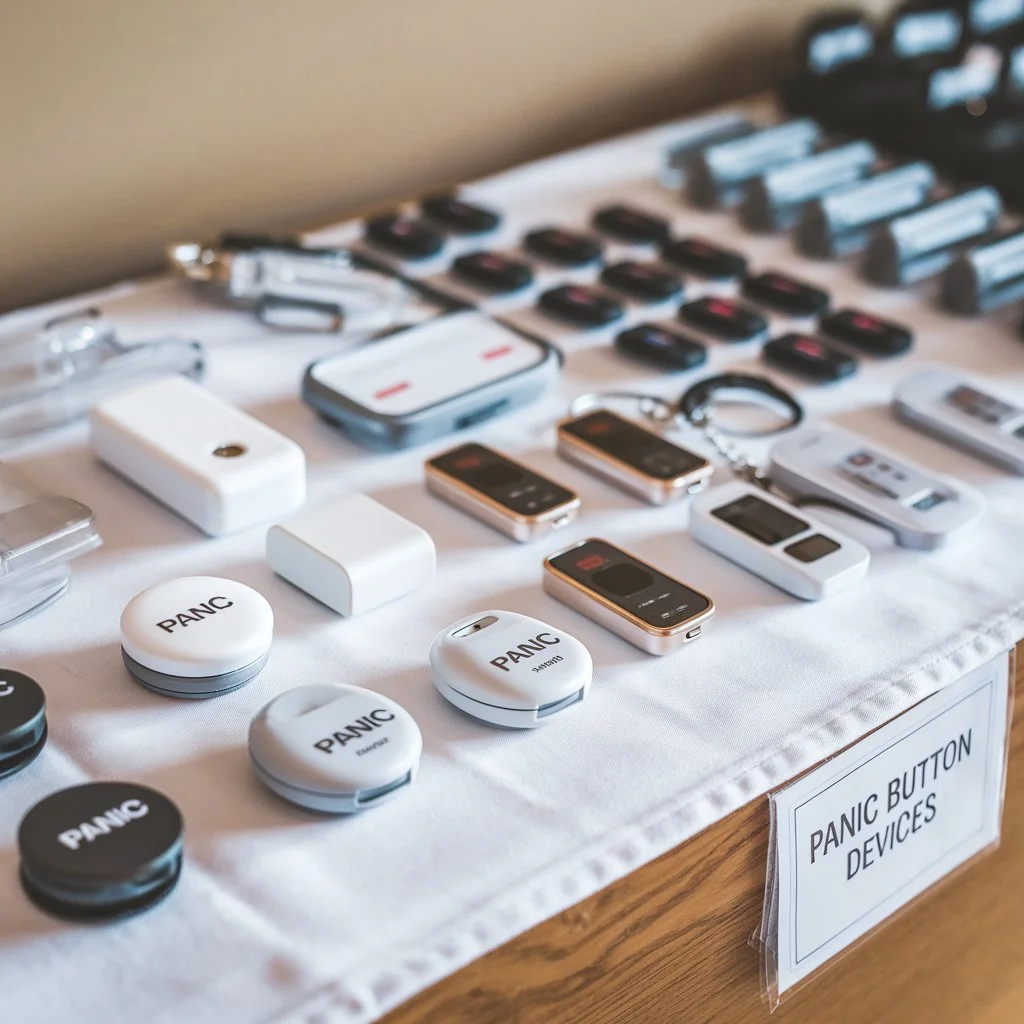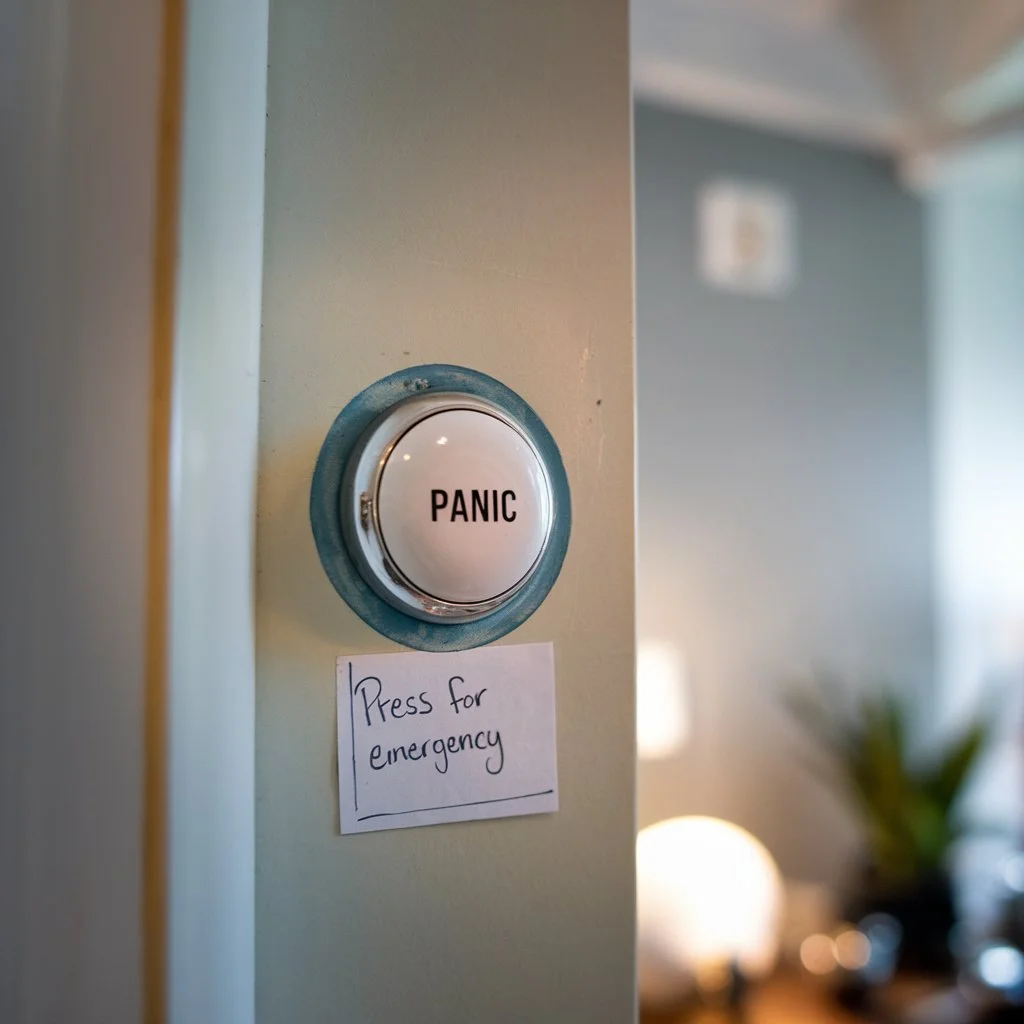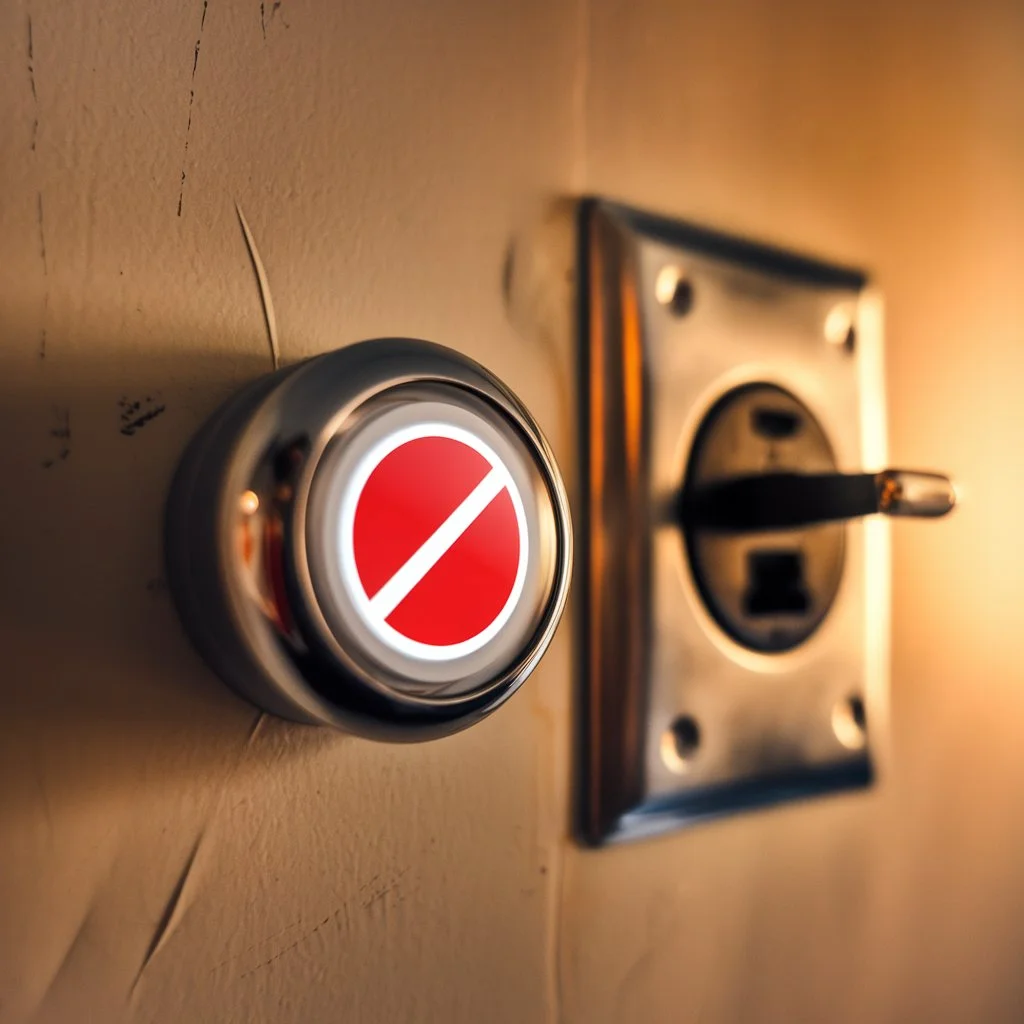Do Most People with Autism Use a Panic Button?
Believe on foot via a bustling mall the sounds of chatter and the blaring tune overwhelming your senses.
For many autistic people conditions like this can trigger extreme sensory overload and tension.
In response some might also turn to panic buttons, gadgets or apps designed to offer instant assistance or a sense of protection whilst anxiety peaks. However do most people with autism surely use these gear?
This article dives deep into the topic exploring the nuances of panic button usage amongst the ones at the autism spectrum and inspecting powerful autism tension control strategies.
Discover Do most people with autism use a panic button to manage anxiety and ensure personal safety during sensory overload or crises.
Do Most People with Autism Use a Panic Button Over Communication

Many autistic individuals may opt for the usage of conversation gear over panic buttons to express their wishes and emotions. Those tools can consist of visible schedules or dedicated apps that help bring emotions earlier than accomplishing a crisis point. Additionally some humans with autism discover that growing a personalized assist community provides a feel of protection reducing reliance on panic buttons in the course of disturbing conditions.
Understanding Autism Spectrum Disorder
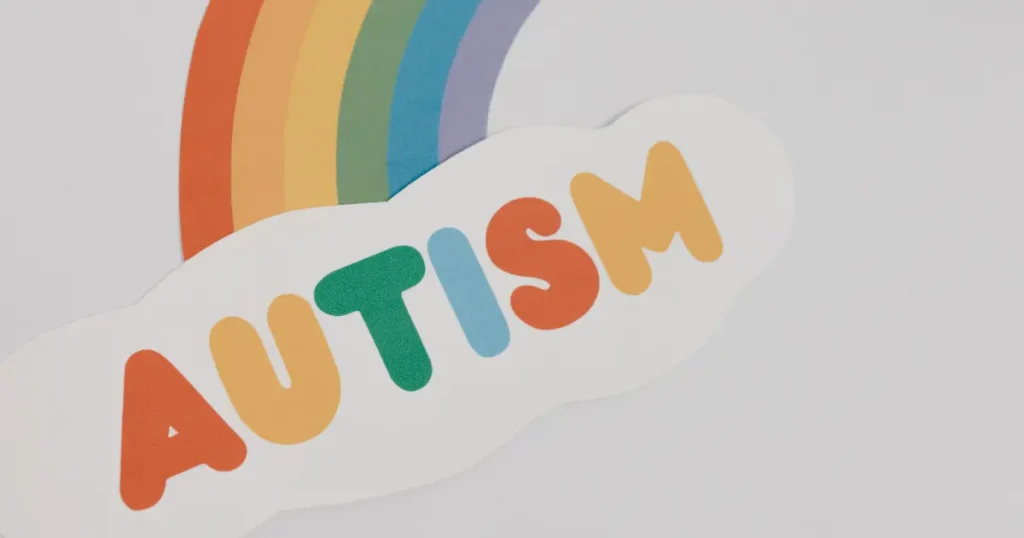
Definition and Spectrum
Many autistic individuals may opt for the usage of conversation gear over panic buttons to express their wishes and emotions. Those tools can consist of visible schedules or dedicated apps that help bring emotions earlier than accomplishing a crisis point. Additionally some humans with autism discover that growing a personalized assist community provides a feel of protection reducing reliance on panic buttons in the course of disturbing conditions.
Common Sensory Challenges
Many autistic individuals face sensory overload wherein their brains battle to process overwhelming sensory input. This can take place in diverse situations:
- Loud environments: Crowded places can amplify sounds causing discomfort or panic.
- Bright lights: Harsh lighting can lead to visual stress making it hard to focus.
- Unexpected touches: Physical contact can be jarring triggering a strong emotional response.
Information about these demanding situations is critical for spotting why panic buttons are probably appealing.
What is a Panic Button?
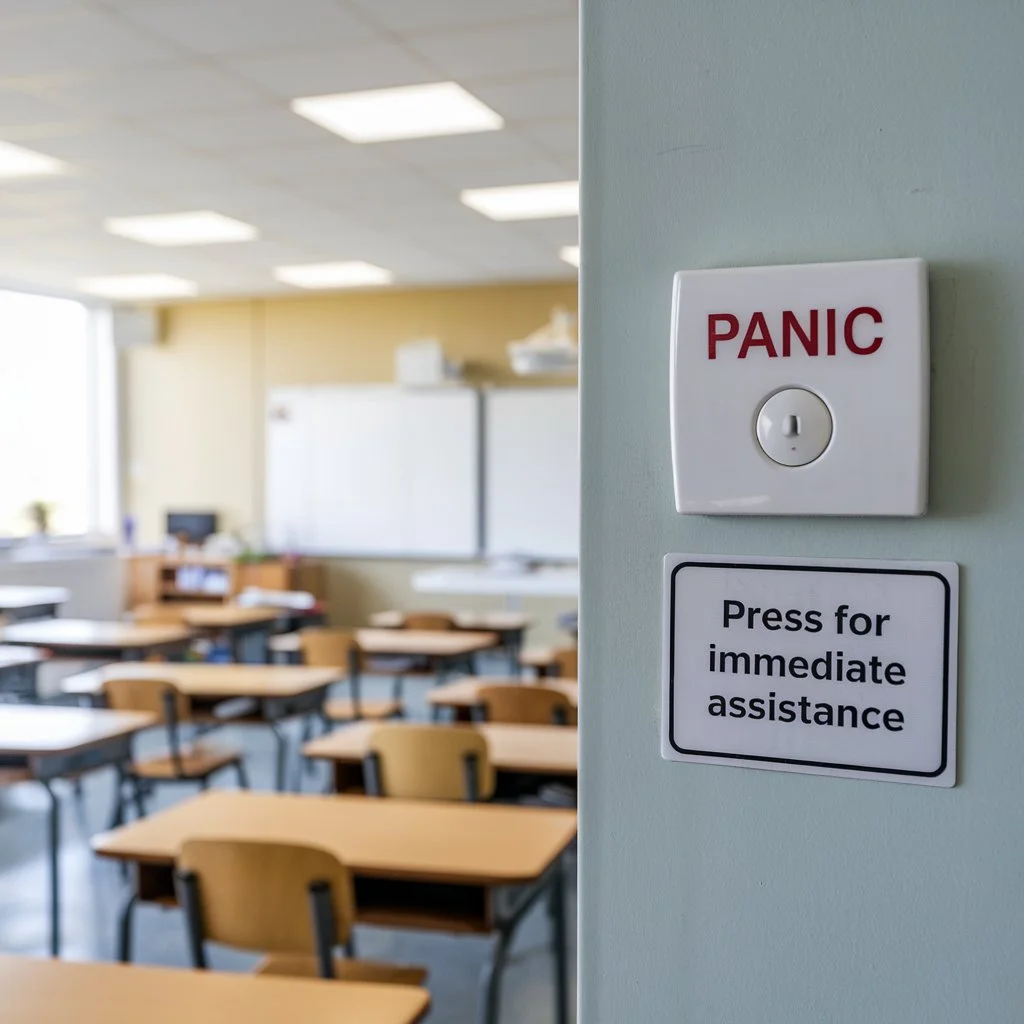
Definition and Purpose
A panic button is a tool designed to alert others in instances of distress. Historically those may be physical buttons or integrated inside apps on smartphones. The primary motive is to provide instant help or aid whilst someone feels crushed or threatened.
Popularity and Usage
Panic buttons have won traction beyond simply the autistic network. Many human beings use them in the course of emergencies such as:
- Medical emergencies: Quick alerts to medical personnel.
- Personal safety: Immediate alerts to friends or family during threatening situations.
The upward push of mobile generation has made panic buttons more available but how broadly are they used amongst autistic people?
Panic Buttons and Autism

Anecdotal Evidence
Personal stories shed light on the varied experiences of autistic individuals with panic buttons. For instance Sarah a 29 year old woman with ASD shares her experience:
“In crowded places I often feel trapped. My panic button app gives me a sense of control. I know I can reach out for help if needed.”
Conversely James a 22 year old feels differently:
“I prefer to use headphones to drown out noise rather than a panic button. It feels more personal and less dramatic.”
Those anecdotes illustrate the range in panic response strategies inside the autistic network.
Survey Results
Recent surveys highlight the numerous utilization of panic buttons amongst autistic individuals. Consistent with a 2023 study by means of the countrywide Autism Institute, the handiest 35% of respondents said using a panic button frequently even as 50% desired opportunity coping mechanisms.
| Age Group | Panic Button Usage (%) | Preferred Alternatives (%) |
| 18-24 | 30 | 60 |
| 25-34 | 40 | 50 |
| 35-44 | 25 | 65 |
Those figures reveal a trend: more youthful autistic individuals may additionally rely greater on generation at the same time as older individuals frequently decide upon traditional coping mechanisms.
Alternatives to Panic Buttons

Other Coping Mechanisms
Even as panic buttons may be powerful many autistic people hire a variety of coping mechanisms to deal with anxiety:
- Noise canceling headphones: These can help reduce sensory input in loud environments.
- Fidget tools: Items like stress balls or fidget spinners can provide tactile comfort.
- Breathing exercises: Techniques such as deep breathing can help regulate emotions during stressful situations.
Panic Button Devices
Panic button devices are specialized tools designed to provide instant assistance in emergency conditions. These devices can be worn as pendants, bracelets, or carried in pockets, enabling customers to signal for assistance at the click of a button. They often connect with a tracking provider or without delay to emergency responders, making sure a brief reaction whilst wished. The discreet design of many panic buttons allows users to preserve a low profile whilst nonetheless having a reliable safety measure at their disposal.
Features and Capabilities of Discreet Panic Buttons
Discreet panic buttons come equipped with diverse functions tailored to beautify safety and usefulness. Many fashions consist of GPS monitoring, allowing responders to discover the consumer quickly. A few devices are geared up with two way conversation, permitting users to speak without delay with emergency personnel. extra functions may additionally encompass fall detection, cellular app integration, and customizable alerts, making those gadgets flexible for distinctive situations and consumer wishes.
Effectiveness of Panic Buttons for Individuals with Autism
For people with autism, panic buttons can function as an essential protection tool, imparting a sense of protection in overwhelming situations. Many individuals on the autism spectrum might also war with verbal exchange or responding as it should be in crises. Panic buttons provide a straightforward way to sign for assistance with no need to articulate their distress. Their effectiveness is heightened while paired with schooling and familiarization, ensuring that the individual is aware of a way to use the device in worrying moments.
Benefits of Using Panic Buttons
The blessings of the use of panic buttons expand past immediate protection. they can extensively enhance the consumer’s self assurance, knowing that help is just a button press away. This reassurance can lessen anxiety in various environments, from public spaces to home settings. Moreover, panic buttons can foster a feel of independence, permitting customers to navigate their surroundings with greater freedom even as they nonetheless have a safety net in the area.
Limitations and Considerations
In spite of their benefits, panic buttons have boundaries that users ought to consider. For instance, reliance on era may additionally pose demanding situations in regions with terrible cell reception. users must additionally don’t forget to feed their devices regularly to make sure functionality. Furthermore, at the same time as panic buttons are effective in emergencies, they’re now not an alternative choice to comprehensive protection plans or assist structures. It’s far critical to assess individual desires and circumstances while integrating panic buttons into personal safety strategies.
Technology as Support
Assistive generation performs a vast role in autism anxiety control. Apps designed for emotional regulation can help users identify triggers and develop customized coping techniques. For instance a few apps offer guided meditations or pressure therapy physical activities tailor made to autistic users.
Environmental Modifications

Growing a supportive environment is important. Areas designed with sensory pleasant factors can significantly lessen tension triggers:
- Quiet rooms: Areas where individuals can retreat during overwhelming moments.
- Soft lighting: Avoiding harsh fluorescent lights can decrease visual stress.
- Calm colors: Using muted tones can create a tranquil atmosphere.
These changes can function as effective guide gear for autism supporting to reduce the want for panic buttons.
Expert Opinions

Interviews with Professionals
Insights from experts provide treasured views on panic buttons and autism. Dr. Emily Carter a psychologist focusing on autism emphasizes the importance of customized techniques:
“Panic buttons can be helpful but they aren’t a one size fits all solution. Understanding individual triggers and responses is key to effective crisis intervention.”
Myths and Misconceptions
It’s critical to cope with common misconceptions about autism and panic responses. A few agree that all autistic individuals need to use panic buttons. The fact is some distance is greater and more complicated. Every person’s reviews, behavioral triggers and coping strategies fluctuate widely.
FAQ’s
What are the signs that someone with autism may need a panic button?
Signs and symptoms can encompass multiplied agitation withdrawal from social interactions or physical signs like fast respiratory and sweating when in overwhelming conditions. Recognizing these cues can assist in perceiving when a panic button might be necessary.
Are panic buttons effective for all individuals with autism?
Now not necessarily. Effectiveness varies based on non public preferences and individual coping techniques. A few may additionally discover them reassuring even as others may experience they add strain or tension.
Can panic buttons be customized for specific needs?
Sure many current panic buttons and apps permit for personalisation inclusive of putting emergency contacts or tailoring signals to unique conditions making them extra effective for individual customers.
What other technologies can assist in managing autism related anxiety?
Beyond panic buttons technologies like wearable gadgets that reveal physiological responses, digital reality for publicity therapy and apps targeted on mindfulness and rest also can aid in tension control.
Conclusion
In summary at the same time as a few autistic individuals find panic button utilization beneficial many pick opportunity techniques for handling tension.
The selection to use a panic button regularly depends on personal alternatives, sensory sensitivities and past stories.
Panic buttons can be treasured private safety tools they’re just one piece of a bigger puzzle.
Exploring more than a few strategies and understanding the unique desires of autistic people can lead to greater effective emotional regulation and strain response in autism.
Summary of Key Points
- Autism spectrum disorder consists of an extensive range of reports with many dealing with challenges associated with sensory overload.
- Panic buttons offer on the spot support yet simplest a portion of the autistic community makes use of them regularly.
- Alternative coping mechanisms including noise canceling headphones and fidget equipment are often desired.
- Environmental adjustments can create more secure areas decreasing the want for panic buttons.
Call to Action
Understanding the various stories of autistic individuals can foster empathy and help within groups.
In case you or someone you already know struggles with autism associated anxiety consider exploring numerous strategies and equipment.
Engaging in conversations about mental fitness and private safety can lead to greater inclusive environments for everybody.
Additional Resources
For the ones interested in mastering more approximately autism and anxiety management bear in mind exploring the subsequent resources:
Autism Society
National Autism Institute
Autism Speaks

